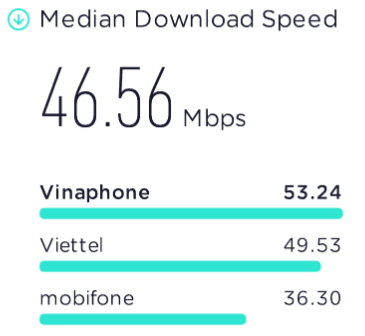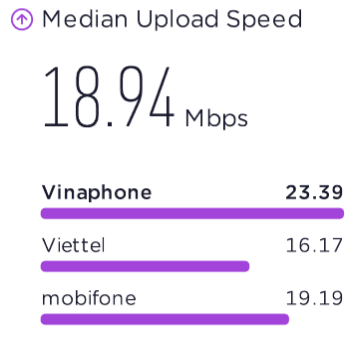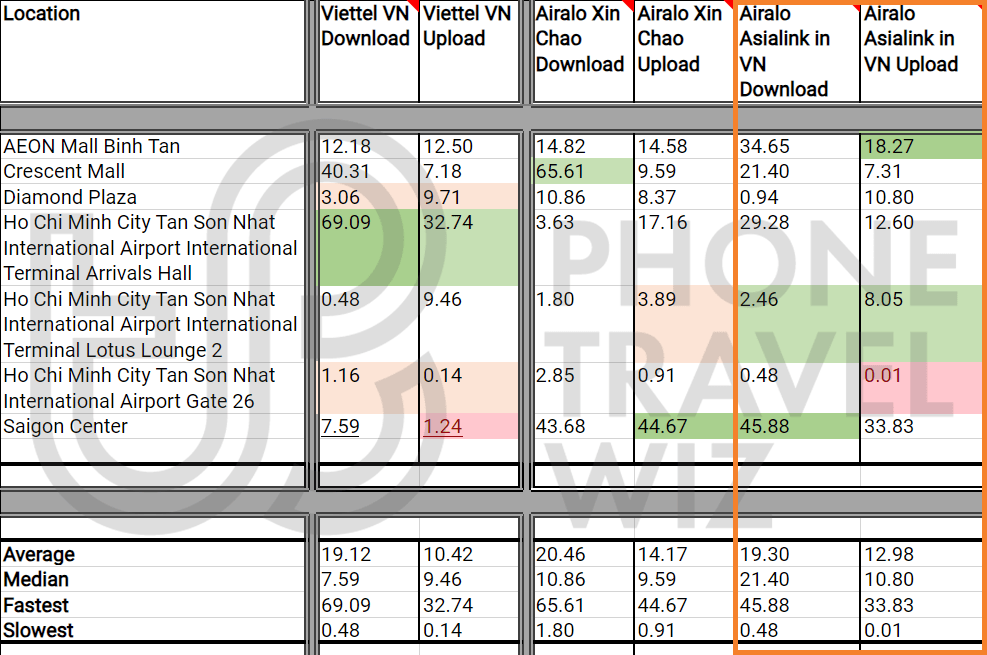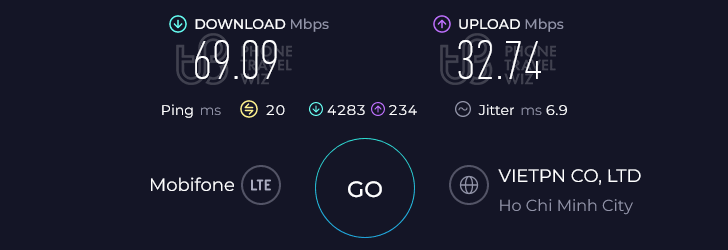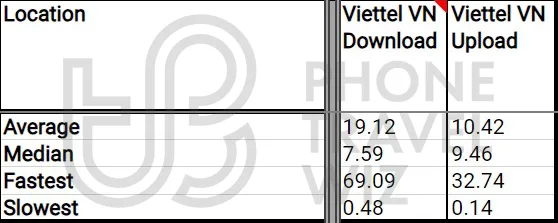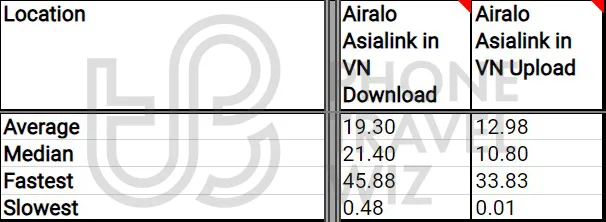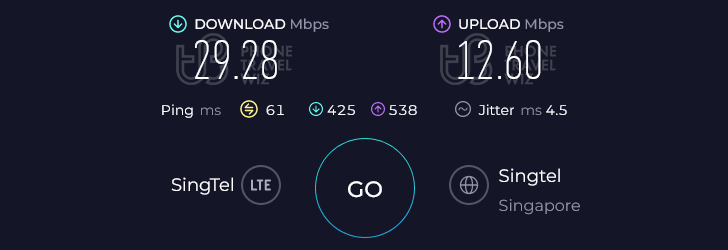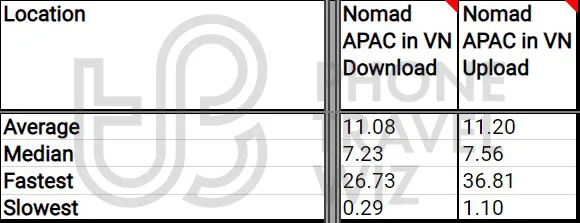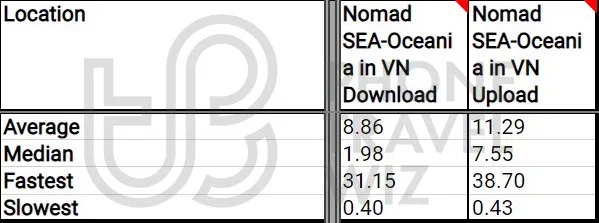Vietnam is the fourth-largest country in Southeast Asia.
And like its neighboring countries, it is full of jungles, forests & mountains.
If you are not interested in them, you can enjoy stunning beaches or islands.
When trying to find the best way to stay connected in Vietnam, I tried out nine travel eSIMs from various eSIM providers, including Airalo's Asialink (Asia) eSIM, and four Vietnamese SIM cards.
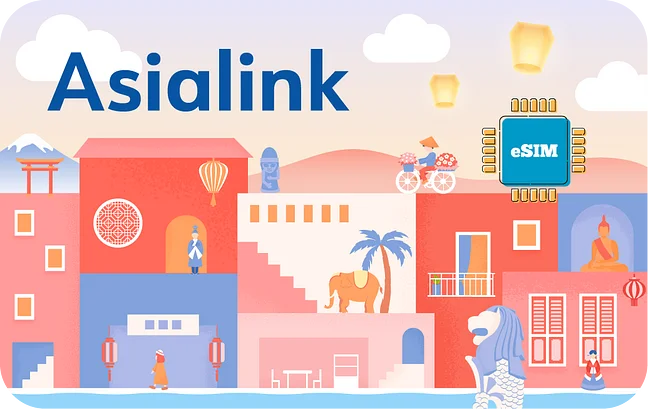
In most countries, getting a local SIM card is the cheapest way to stay connected (and you will have a local phone number, something you often do not get with a travel eSIM).
But installing an eSIM is quick, easy & convenient, as you do not have to queue up upon landing (after a long flight) or deal with SIM card registration requirements (such as getting your passport details captured in Vietnam – mandated by law).
And travel eSIMs, like Airalo's Asialink, are relatively affordable (especially when you plan to visit multiple Asian countries).
So, let's see how the Asialink eSIM performed in Vietnam.
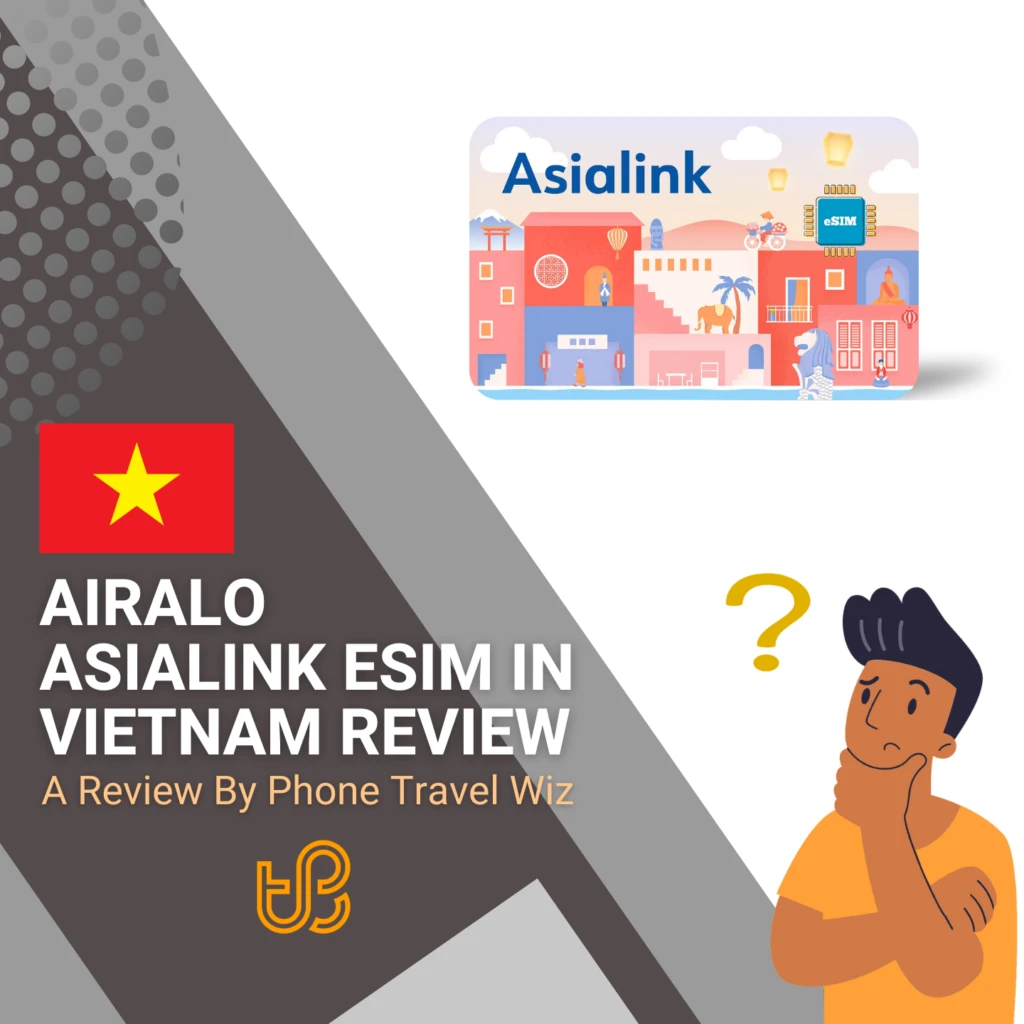
Original publication: 6th of February 2024. Last updated: 7th of February 2024.
Table of Contents
Airalo's List of Compatible eSIM-Supported Phones
Before I even focus on Airalo's Asialink (Asia) eSIM, does your phone support Airalo eSIMs?
If you have an eSIM-compatible smartphone, it is almost guaranteed that you can use an Airalo eSIM.
While Airalo had to certify phones in the past, almost all are supported nowadays.
As of December 2023, the phones shown in the infographic below are compatible with Airalo eSIMs:

Now we can actually focus on the Asialink eSIM (in Vietnam).
Airalo Asialink (Asia) eSIM Prices
You can get the Airalo Asialink (Asia) eSIM for between 5 USD (1 GB for 7 days) and 185 USD (100 GB for 180 days).
Below is an overview of how much each Airalo Asialink eSIM costs:
- Asia/Asialink 1 GB eSIM for 7 days, costing 5 USD
- Asia/Asialink 3 GB eSIM for 30 days, costing 13 USD – very popular with Phone Travel Wiz readers
- Asia/Asialink 5 GB eSIM for 30 days, costing 20 USD – most popular with Phone Travel Wiz readers
- Asia/Asialink 10 GB eSIM for 30 days, costing 37 USD – very popular with Phone Travel Wiz readers
- Asia/Asialink 50 GB eSIM for 90 days, costing 100 USD
- Asia/Asialink 100 GB eSIM for 180 days, costing 185 USD
>>> Get your Airalo Asialink eSIM now! <<<
Note: Phone Travel Wiz reader popularity ranking was updated in December based on data up to the 30th of December (2023 data only).
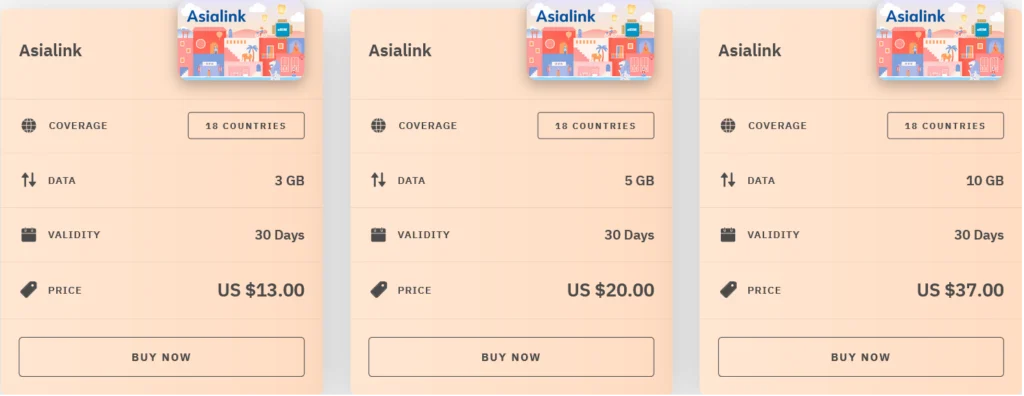
In general, purchasing an Airalo Asia eSIM does not make sense if you plan to visit only one country (only Vietnam, for example).
Mostly because of price differences (Asialink's 10 GB eSIM costs 37 USD, while Xin Chao's (formerly Cu Chu – Vietnam – review) costs only 21 USD).
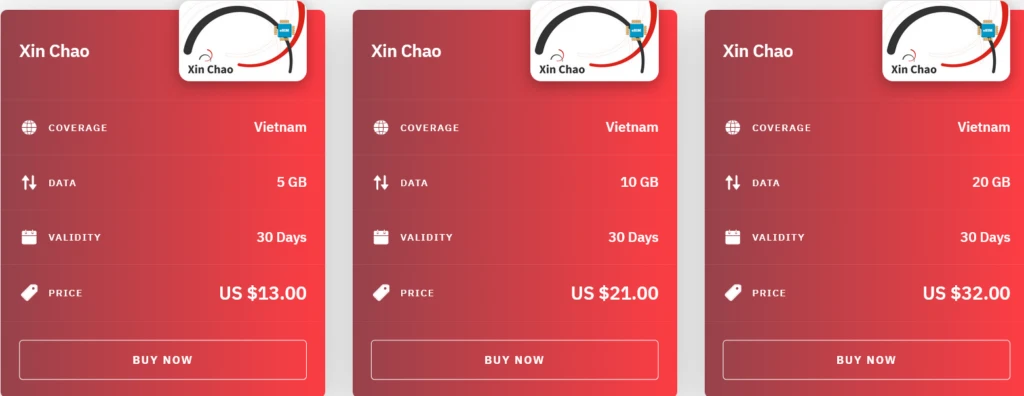
Especially when the Xin Chao and Asialink eSIMs are practically the same eSIMs (powered by the same provider), except for the Xin Chao one being for Vietnam only.
Regardless of the currency used in your country, Airalo will always charge you in USD (US Dollar).
If your credit/debit card charges you foreign exchange fees, get yourself a Wise Borderless Account and Debit Card.
Their fees are MUCH lower than banks and credit card companies charge you (and Wise is transparent about their fees, unlike banks).
I have saved literal THOUSANDS of Australian Dollars and Euros, my main currencies, when using Wise abroad when traveling compared to my debit and credit cards.
What if you buy the 100 GB Asialink eSIM, as I did, and realize you need another 20 GB of data close to exhausting your data allowance?
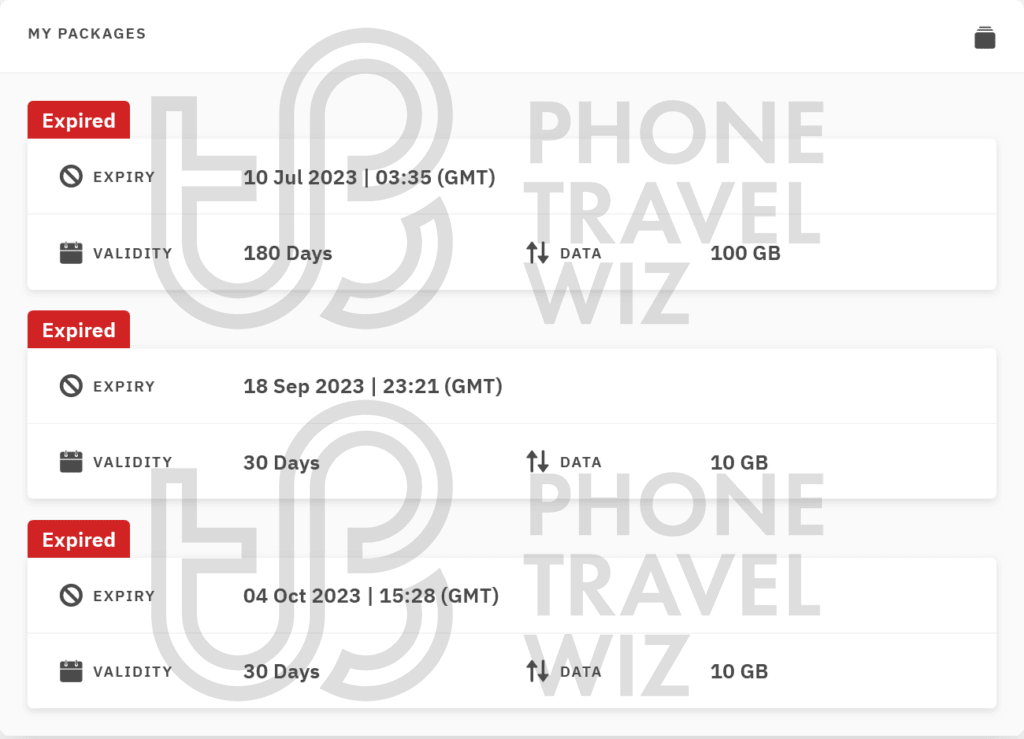
Would you need to purchase a new eSIM? Not at all.
You can top up your Airalo Asialink eSIM for the same amount of data and prices as listed earlier.
The 10 GB top-up would still cost 37 USD as if you bought the 10 GB eSIM from the start.
And you can purchase as many top-ups as you wish/need.
That way, you will never run out of data.
A handful of Airalo eSIMs do not allow for top-ups. But that does not apply to the Asialink eSIM – so worry not.
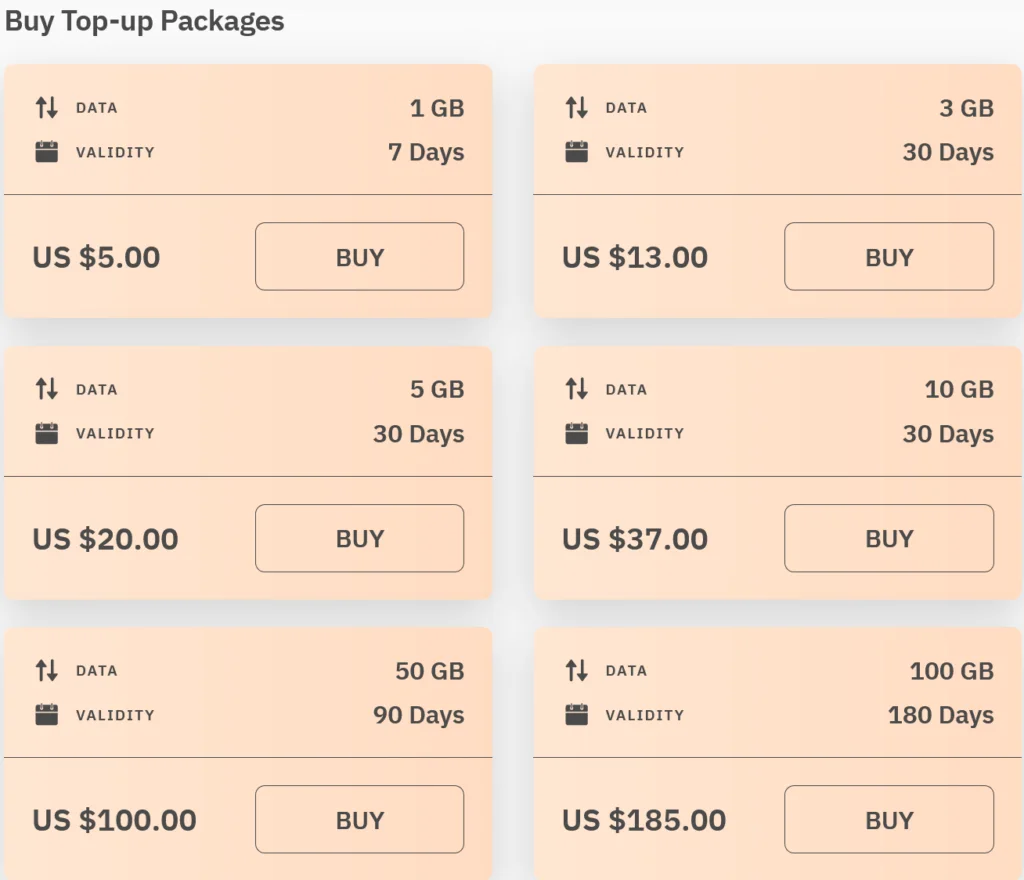
You can top-up on the Airalo website or its apps.
And if you buy a top-up before you have fully exhausted your data allowance, Airalo will not use your top-up yet.
As a result, the validity of the top-up will not start until you start using the top-up data (which is not the case with all travel eSIMs).
>>> Get your Airalo Asialink eSIM now! <<<
Airalo Asialink (Asia) eSIM Country List
The Airalo Asialink (Asia) eSIM can be used in 14 countries in East- and Southeast Asia, including Vietnam.
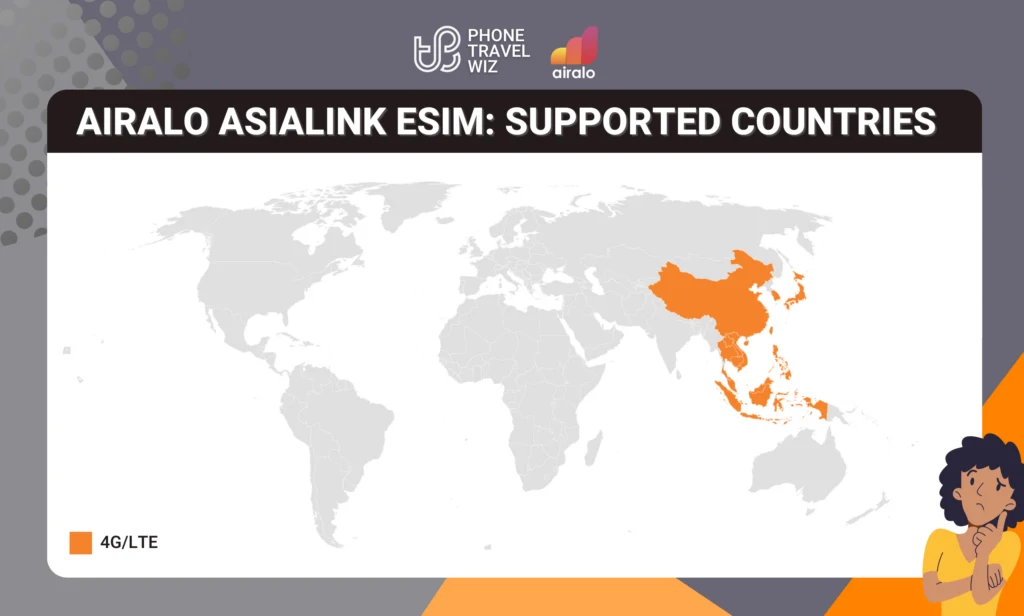
Below is a complete overview of countries where the Airalo Asialink eSIM works:
- Cambodia
- China
- Hong Kong
- Indonesia
- Japan
- Laos
- Macau
- Malaysia
- Philippines
- Singapore
- South Korea
- Taiwan
- Thailand
- Vietnam
With the Airalo Asialink eSIM, you can save a lot of money by skipping the initial SIM card costs per country you visit.
So if you plan on visiting two or more countries in East- and Southeast Asia, getting the Airalo Asialink eSIM will be convenient AND will save you a lot of money.
>>> Get your Airalo Asialink eSIM now! <<<
My Airalo Asialink (Asia) eSIM in Vietnam Experience
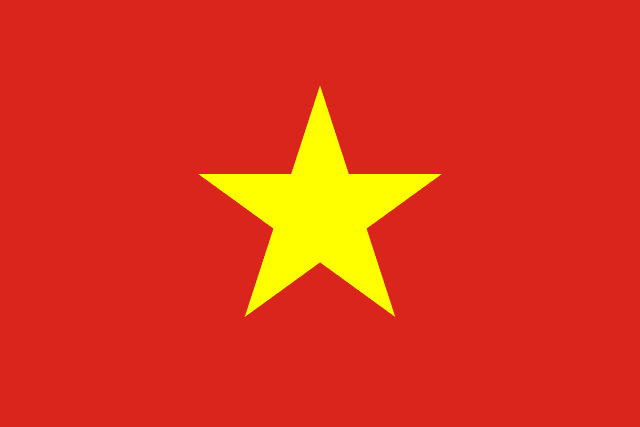
During this trip, I used my Airalo Asialink (Asia) eSIM only in Ho Chi Minh City (HCMC).
Although I plan on testing the eSIM in various other Vietnamese cities in the (near) future.
I had an 11-hour layover in HCMC – often enough to get plenty of test results. However, a typhoon was raging through Vietnam. So, I was mostly inside and did not go to as many locations as I wanted to. A solid reason to revisit HCMC!
Travel eSIMs, including the Asialink eSIM, roam on the networks of local mobile operators.
Airalo itself is not a mobile (network) operator (MNO), so it partners with various MNOs, which roam on local MNOs' networks.
Okay, that may sound a bit confusing – all you need to know is that you will be treated as a guest on one of the Vietnamese mobile networks while using another network to make this system work.
Airalo's Asia eSIM uses the Viettel and MobiFone networks while being powered by Singtel from Singapore (so your phone, some apps, or sites you visit may claim you are on Singtel instead of Airalo – that is correct).
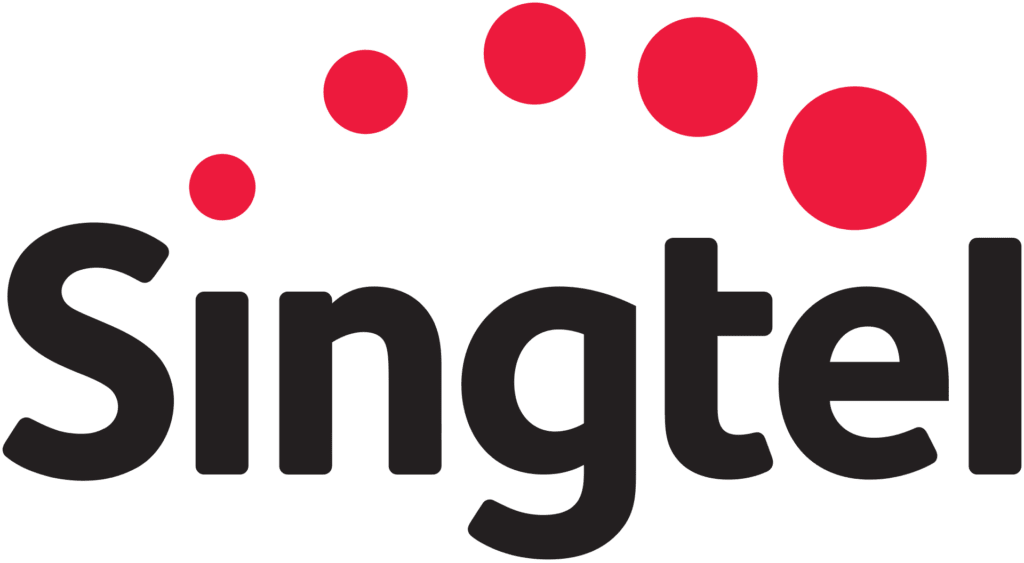
Several Airalo eSIMs in numerous East- and Southeast Asian countries are powered by Singtel.
This means the difference between country-specific eSIMs, Xin Chao (formerly Cu Chi) for Vietnam (review), and the regional eSIM, is that the former is geo-restricted.
The Xin Chao eSIM has access to the same two networks as Asialink.
So, I chose MobiFone with the Xin Chao eSIM and Viettel with the Asialink eSIM to see which network you should pick when using any of these eSIMs.
Which Vietnamese mobile operator is the best?
In terms of coverage, the Big Three (Viettel, Vinaphone & MobiFone) cover the most populated and many remote areas in Vietnam.
Vietnamobile, the smallest and youngest mobile operator, does well in urban settings but still needs to build its network in rural areas.
In terms of availability, which Opensignal defines as “[…] what proportion of time people have a network connection, in the places they most commonly frequent”, the Vietnamese mobile operators are doing well, with a minimum availability of over 92.5%.
If we focus on 4G/LTE availability, Viettel is leading (92.7%), followed by MobiFone (86.7%), Vinaphone (85.9%) & Vietnamobile (74%).
These numbers are very high, even for Vietnamobile…
Well, Opensignal has availability/coverage maps of the four mobile operators too:
Yes, you truly do not want to be on the Vietnamobile network if you are not staying in cities.
Now, let's talk about speeds.
Vinaphone was the fastest mobile operator in Q2-Q3 of 2023, with a median download speed of 53.24 Mbps.
It even won the Speedtest Fastest Mobile Network Q2-Q3 2023 award.
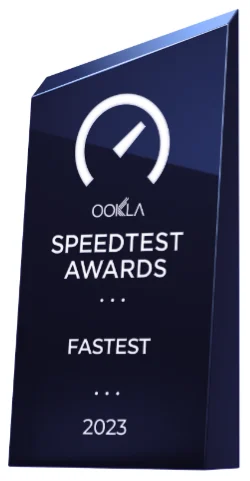
It was followed by Viettel (49.53 Mbps) and MobiFone (36.30 Mbps).
Speedtest did not include Vietnamobile in its report because it could not collect enough data from Vietnamobile users 🗿.
Worry not; I can get you some figures from Opensignal instead (but compared to Speedtest, its sample size is much smaller).
Opensignal also claims Vinaphone is the fastest mobile operator (31.8 Mbps – average download speed instead of median download speed), followed by Viettel (25.7 Mbps) and MobiFone (24 Mbps).
The ranking did not change compared to Speedtest's.
What about Vietnamobile? An average download speed of 7.9 Mbps 🗿.
So, even where Vietnamobile has coverage, you must deal with 3G-like speeds.
The same applies to upload speeds – an average of 2.9 Mbps. Behind Vietnamobile (8.2 Mbps), MobiFone (9.4 Mbps) & Vinaphone (10.5 Mbps).
If we look at Speedtest's numbers, the ranking is the same as Opensignal's: 23.39 Mbps for Vinaphone, 19.19 for MobiFone & 16.17 Mbps for Viettel.
In my Vietnam SIM card buying guide, I claimed that Viettel is the best overall mobile operator, but it is not winning in all categories. What gives? The mobile operator has the best coverage in the country – even in places where its competitors do not bother installing their equipment. As these remote places are not profitable, speeds are slower (or even in busy areas – the network may be overloaded because Viettel has the most customers).
The report also looked at speeds in HCMC specifically, where the order for median download speeds was different: Vinaphone (62.55 Mbps), Viettel (48.53 Mbps) & MobiFone (40.93 Mbps).
I did speed tests with the Speedtest app throughout HCMC.
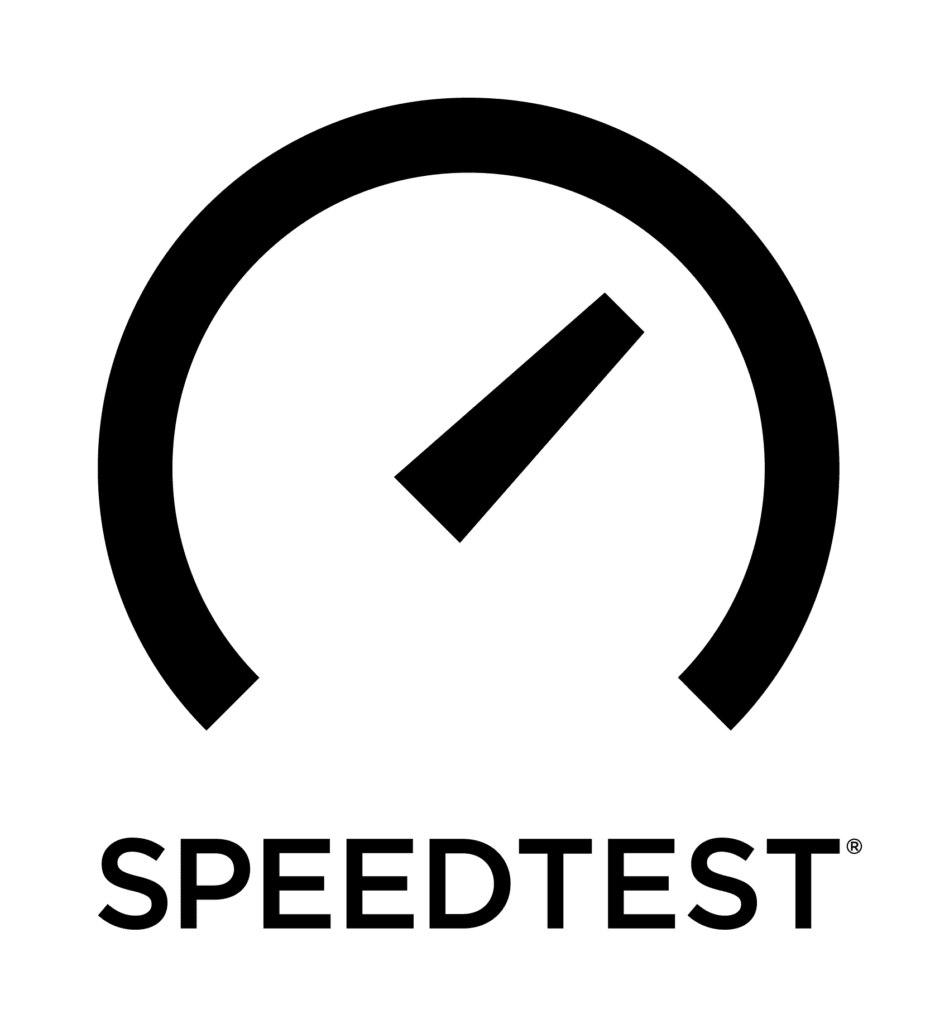
For reference, I consider an average download speed of 25 Mbps and an average upload speed of 10 Mbps fast enough.
Why is that? A more than 25 Mbps download speed is enough to video stream content @ 4k resolution.
Social media sites that do live streaming, like Facebook Live, recommend an upload speed of at least 10 Mbps.
I have way higher standards, but not everyone demands a download speed of 500 Mbps 🤪.
In the section below, you will find various colors and formatting.
Results in dark green mean that the result was the fastest download or upload among all SIM cards and travel eSIMs I tested at that location.

Whereas results in light green were the fastest download or upload within the category (among all SIM cards OR all travel eSIMs) but not the fastest when considering the other category.

The same applies to dark red and light orange results – the slowest download or upload among all (dark red) or the slowest within a category (light orange).


All underlined results are on 5G NR, while results in italics are on 3G – results without additional formatting are on 4G/LTE.


That should clear up the colorful speed test results in the next section.
For now, let's see how the Airalo Asialink eSIM performed in HCMC.
>>> Get your Airalo Asialink eSIM now! <<<
Airalo Asialink (Asia) eSIM in Ho Chi Minh City Speed Test Results
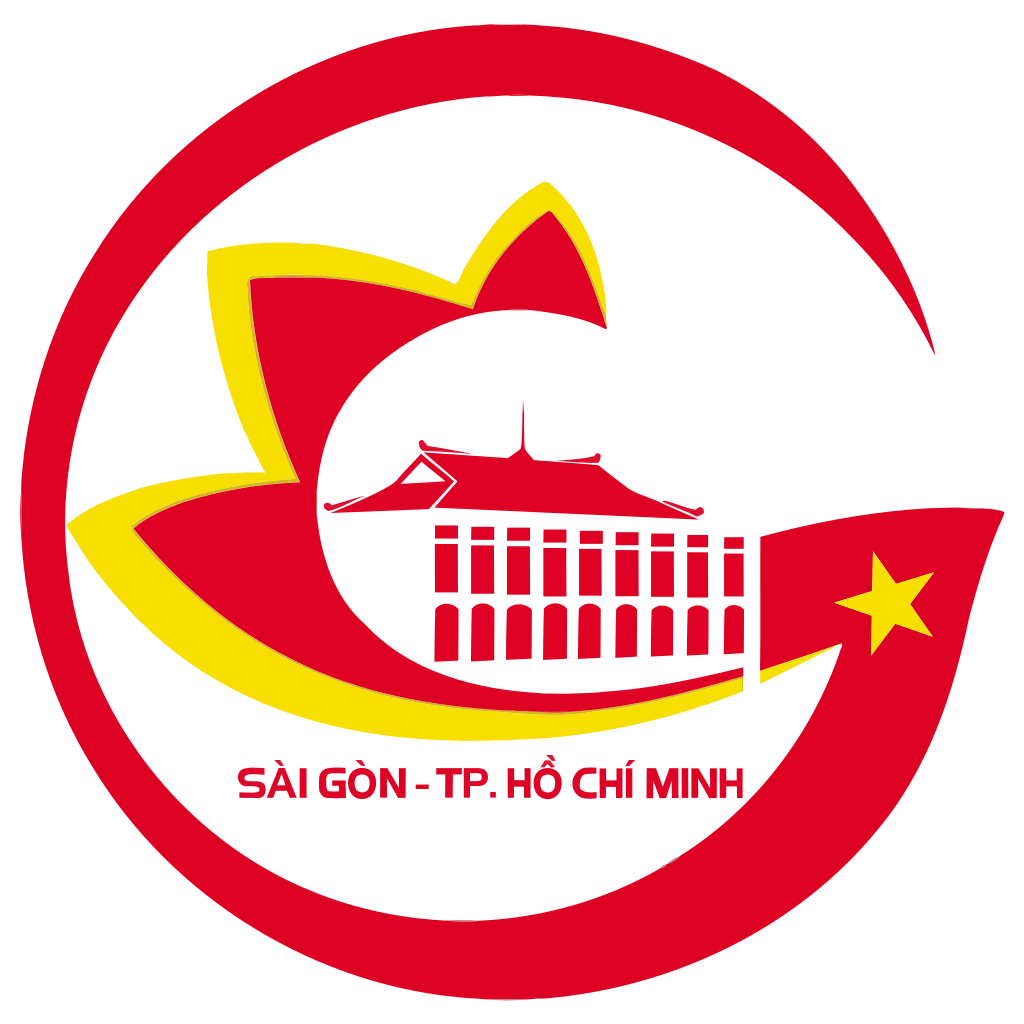
I used my Airalo Asialink (Asia) eSIM only in Ho Chi Minh City (HCMC).
But as I mentioned before, I did not visit as many locations as I usually would because of a typhoon.
Worry not; I will revisit HCMC/Vietnam for sure and get more results for you in the (near) future.
Depending on the travel eSIM you buy, you can access one or two Vietnamese networks.
The Asialink can use either Viettel or Mobifone.
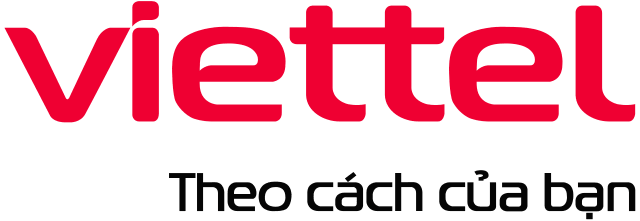
Because Airalo's Xin Chao (review) and Asialink eSIMs are practically the same (but the former can only be used in Vietnam), I selected Mobifone with Xin Chao and Viettel with Asialink for comparison purposes.

Most other eSIMs were on Mobifone, while some others were on Vietnamobile.
In the next section, I will compare the Asialink results mainly to Viettel and Airalo Xin Chao.
Below are the results:
>>> Get your Airalo Asialink eSIM now! <<<





